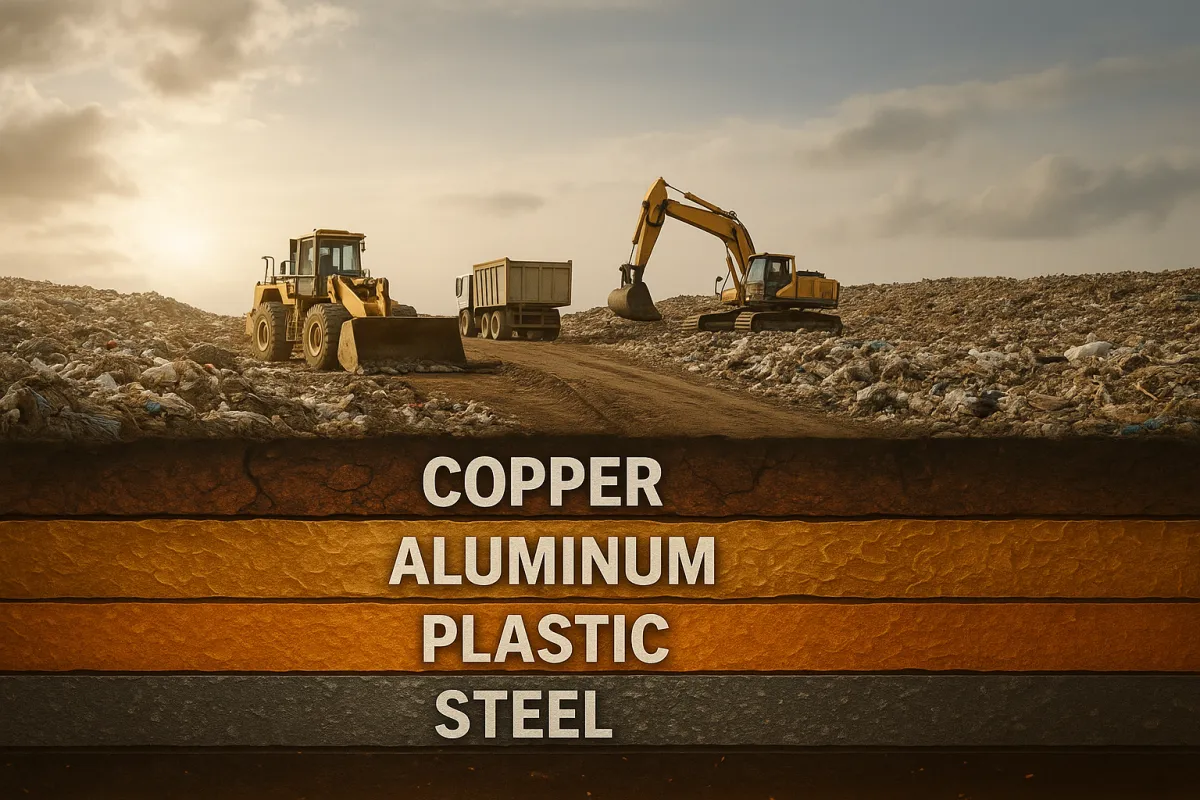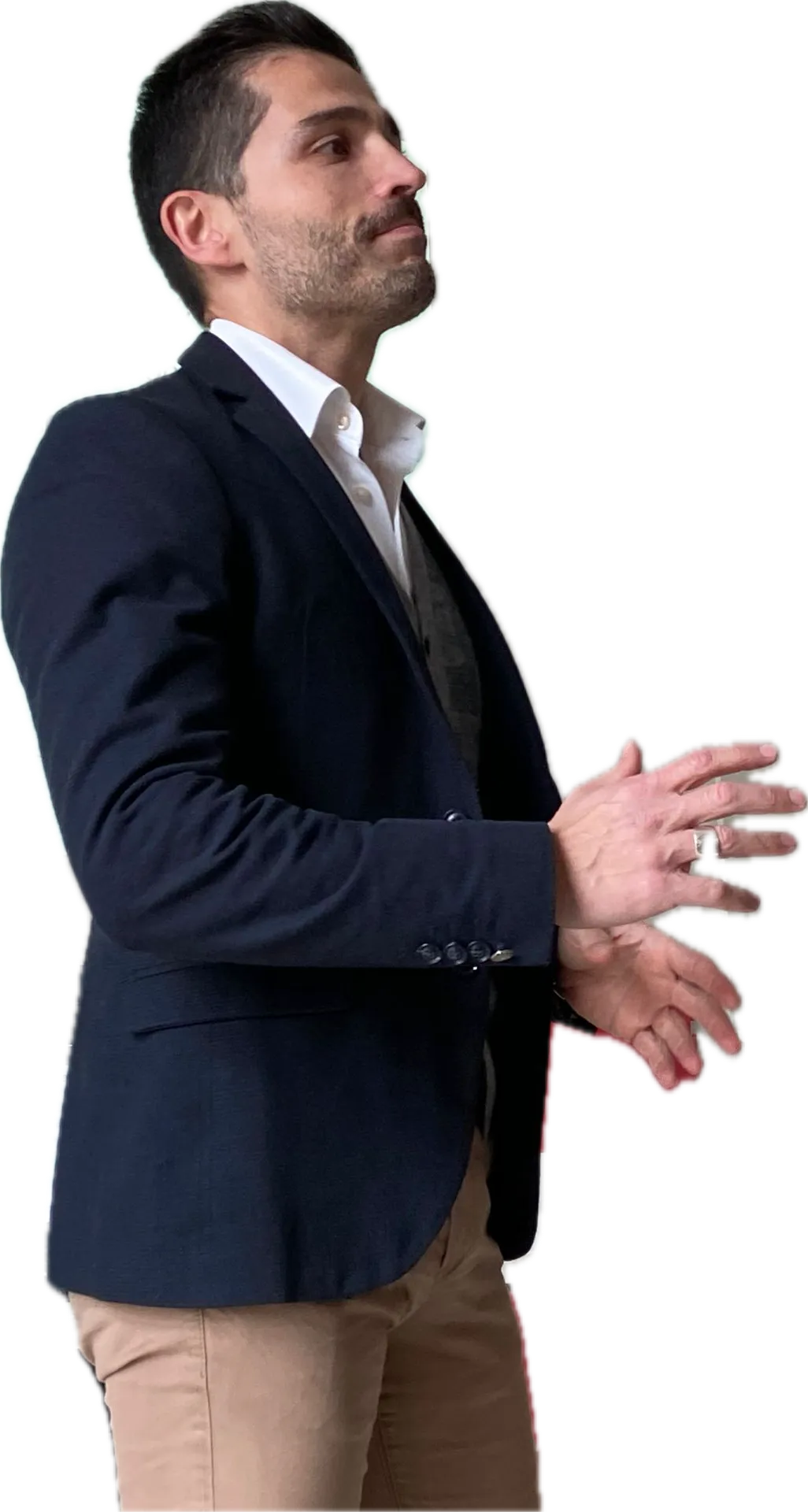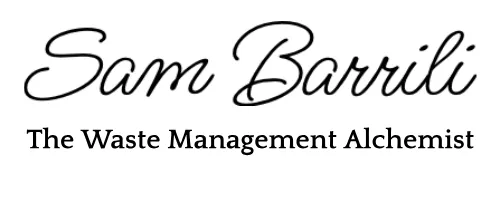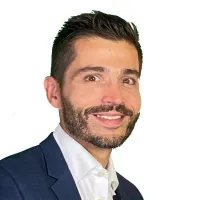Articles

America’s Next Resource Rush Isn’t in the Ground—It Is the Ground.
Let me start with a simple question:
How many tons of money are buried under your feet right now?
If you own, manage, or even haul waste to a landfill, chances are you’ve been sitting on a goldmine—literally—for decades. Because what the industry once called “waste” has quietly become the most underestimated domestic supply chain opportunity in the United States.
I’m talking about landfill exploration—the process of re-opening closed or active landfill cells to recover valuable materials that have been sitting underground for 30, 40, even 50 years.
And while most of the world is chasing new mines in Africa or Asia, the truth is: America already has the mines. We just called them landfills.
The New Gold Rush No One Talks About
Across the U.S., there are more than 8,000 legacy landfills—sites officially “closed,” sealed, and forgotten. But if you dig into the numbers, these aren’t dumps. They’re storage vaults of recoverable copper, aluminum, steel, plastics, and rare earths discarded long before we realized their value.
During the 1980s and 1990s, the U.S. landfilled nearly two billion tons of municipal and industrial waste—a huge portion of which contained recoverable metals and polymers that today trade at premium prices.
Let’s put some perspective on that.
An average 40-year-old landfill (around 3 million tons of accumulated waste) typically contains:

If we do the math on a single mid-sized landfill of 3 million tons, the recoverable value easily surpasses $250–$400 million in today’s commodity prices. And that’s conservative.
Why It’s Happening Now
Until recently, landfill mining in the U.S. was considered an exotic idea—something seen in Europe or Japan. But 2025 changed everything.
The U.S.–China tariff war drove tariffs on imported metals up to 145%. The Inflation Reduction Act began rewarding domestic sourcing. Suddenly, manufacturers are desperate for reliable U.S.-based raw material flows.
That’s when the waste industry finally got it: the landfill is not a liability—it’s inventory.
From Minnesota to Florida, pilot projects are proving it. Companies are reopening old cells, using modern screening lines and AI-driven sorters to extract metals, plastics, and high-energy refuse-derived fuel (RDF). What used to be buried expense has become a new product line.
What You Can Expect to Find Underground
After four decades, a landfill’s content transforms. Organics decompose, but metals and plastics remain largely intact. Here’s a snapshot of what typical exploration teams are pulling out:
Copper wiring and cables — from 1970s-90s appliances, electronics, and construction waste.
Aluminum sheets, cans, and frames — oxidized but fully recoverable.
Steel and rebar — perfect feedstock for secondary smelting.
Old plastics — compacted layers of HDPE, LDPE, PP, PET—many still recyclable or usable as SRF.
Circuit boards and rare earth traces — from early-generation computers, TVs, and industrial devices.
Glass and ceramics — easily reprocessed for aggregates or fillers.
Even conservative recovery rates (25–30%) yield profits unheard of in the traditional landfill model. The key lies in segmented excavation and on-site screening, turning each cubic yard into sorted, sellable material.
The Math That Changes Everything
Let’s take a real-world example.
A 40-year-old landfill containing 3 million tons of waste:
Estimated recoverable fraction: 35% (≈1.05 million tons).
Mixed material composition:
300,000 tons of metals
250,000 tons of plastics
500,000 tons of high-energy SRF or RDF
At 2025 prices, the gross material value can reach $290 million.
Even after excavation, sorting, logistics, and site reclamation costs (which average $90–$110 per ton processed), operators can retain $100–$120 net margin per ton, or roughly $100+ million profit per site.
Now multiply that by the 8,000 legacy sites scattered across the country.
That’s a trillion-dollar opportunity buried below our bulldozers.
How Forward-Thinking Companies Are Playing It
There are three winning models emerging right now:
The Miner Model – Full-service operators excavating, sorting, and reselling SRMs directly to smelters and processors.
The Partnership Model – Waste firms teaming with municipalities to split recovered-material revenues in exchange for reclamation and cell recovery.
The Brokerage Model – Independent intermediaries coordinating buyers and recovery contractors, earning commissions per ton.
The smartest players are blending these—using private capital, contract excavators, and direct commodity sales. Instead of waiting for public tenders, they build deals around the metal value—not the waste value.
The Competitive Edge
The waste industry is changing fast.
Those who still think their landfills are end-of-line disposal will soon be selling to those who understand resource supply.
Landfill exploration is more than a technical process. It’s a shift in mindset:
From storage to extraction.
From compliance to commerce.
From waste collector to resource supplier.
You don’t need a billion-dollar refinery to start.
You need data, a reliable recovery partner, and the will to reopen what you already own.
Final Thought: The Smartest Mine Is the One You Already Own
Forty years ago, landfill owners paid to bury materials they couldn’t sell.
Today, manufacturers are paying you to dig them back up.
If you run a landfill, a waste-hauling business, or an environmental service company, this is your moment to enter the most profitable phase the industry has ever seen. The question isn’t if landfill exploration will scale—it’s who will own the recovered material flow when it does.
And if you’re ready to claim your share of the buried fortune, let’s talk.
Book a 20-minute private strategy call with me at sambarrili.com/schedule-free-20min-call
Let’s turn your landfill into the next American mine.
Samuele “Sam” Barrili
The Waste Management Alchemist
Helping waste companies discover the hidden wealth buried in plain sight.


Sam Barrili
I'm known as the go-to guy for talking about business strategies and growth strategies for waste management companies.
I started my journey in this field in 2009 when I finished my degree in Toxicological Chemistry and joined a wastewater treatment company to develop its market.
Since then, I helped dozens of waste management companies in America and Europe increase their annual profits by over 25 million dollars thanks to my SAM Method.
If you want to know if I'm a good fit for you, read an article or watch a video.
If you find it helpful, I’m probably a good match.
If not, that's OK too.
Call +1 (801) 804-5730
Email: [email protected]

